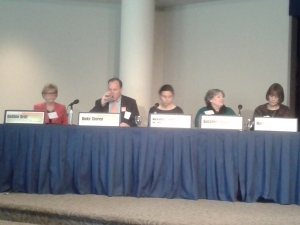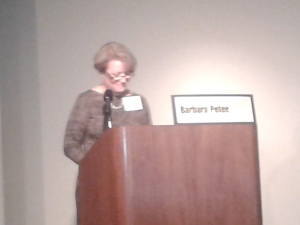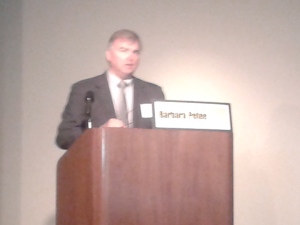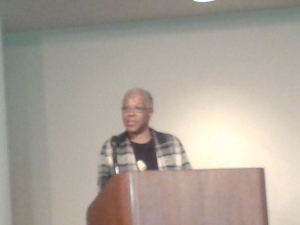
I hope everyone has been enjoying their holidays because I certainly did! I had a chance to spend some time with my family in Tampa, Florida and I had a chance to stop by to the Florida Aquarium! I learned so much about the nutrition, health and well beings of the animals. This Aquarium has recently went through renovations and there were so many interactive exhibits that was available to the public.

Some of the interactive touching exhibits that I have went to was the Stingray Feeding tour. The stingray is a flat fish that lives in the seas around the world and they prefer the temperate, shallow waters. They aren’t an active fish, spending their time mostly hiding in the sand. With their flat bodies, they don’t resemble a fish, which they certainly are, and their bodies are supported by cartilage rather than bones. They are basically nocturnal animals and this is why our knowledge of their feeding habits is quite limited. In captivity, they usually eat more things than in their normal habitat due to the fact that they can eat whatever they are fed. They are carnivorous animals, more precisely predators, feeding on smaller fish and other sea creature that they catch at the bottom of the sea. Their diet consists of mollusks, clams, shrimps, snails and other species of fish. They don’t have a hard time catching their victim and due to their sandy color, they can hardly be detected. They can trap their prey with scarcely a problem, as they just wait for it to swim by. They don’t have strong eyesight and they must rely on their sense of smell when detecting their prey. 1

I then went to the interactive touching exhibit of the Horseshoe Crab Lagoon. I had a chance to touch these crabs. Some of the facts about the Horseshoe Crabs are that these crabs are part of the Arthropods which are make up around 80% of the world’s animals, so it’s a highly successful class. These creatures live in the ocean or in the sand and are often very beneficial to the environment.2 Horseshoe crabs are extremely important to the biomedical industry because their unique, copper-based blue blood contains a substance called Limulus amebocyte lysate. The substance, which coagulates in the presence of small amounts of bacterial toxins, is used to test for sterility of medical equipment and virtually all intravenous drugs. Research on the compound eyes of horseshoe crabs has led to a better understanding of human vision. The marine life fishery collects live horseshoe crabs for resale as aquarium, research, or educational specimens, and the American eel and whelk fisheries use horseshoe crabs extensively as bait along many parts of the Atlantic coast. 4

The last interactive touching exhibit was the No Bones Zone were my husband had a chance to touch the beautiful star fishes and sea urchins. The starfish is a pretty sea creature, with its swirly-shaped arms dipping out at all angles from the fish. The usual number of arms is 5 or 6, but there are different species of the starfish. The foods that the starfish, a predator, eats are bivalves such as clams, oysters and mussels. They also eat any slow-moving fish. Others eat material that has decomposed from plants or animals. It seems that anything within reach is gathered for mealtime.3


The final favorite place that I stop by was the Penguin Promenade where the trainers let the penguins walk around the audience on a red carpet. These African Penguins was so cute and but they love to go to bathroom ever couple of minutes. Penguins are not afraid of humans and they do not communicate through sound but though body language. Penguins are amazing creatures for having the ability to adapt to their living environment and climate changes. The African Penguins diet consist of krill, cuttlefish, sardines, pilchards, anchovies, small crustaceans and squid. The African Penguins also adds pilchards and anchovies to their diet.5



I truly enjoy the Florida Aquarium and I will make sure to come back again! If you would like to see some more pictures of the animals that I saw you can click here !
Happy New Year Everyone!!

References:
1, 2, 3, 5 – http://diet.yukozimo.com/
4 – Florida Fish and Wildlife Conservation Commission – http://myfwc.com/research/saltwater/crustaceans/horseshoe-crabs/facts

















































